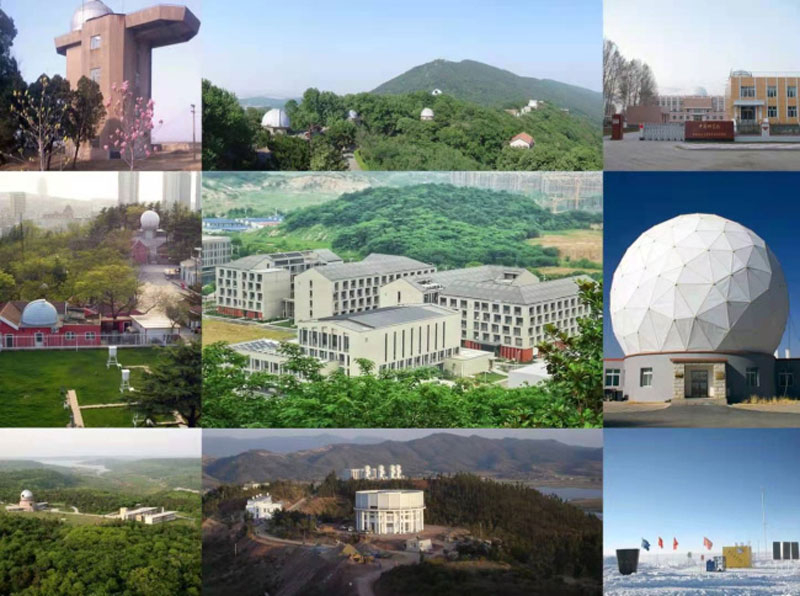The Chinese Purple Mountain Observatory of the Chinese Academy of Sciences (CAS) conducted the world’s first experiment on long-distance wireless data transmission in the terahertz range. High-definition video was transmitted over a distance of 1.2 km using power six orders of magnitude weaker than a conventional mobile base station, which became the world’s first wireless data transmission in the range above 0.5 THz.

Image source: Purple Mountain Observatory of the Chinese Academy of Sciences
Astronomers were involved in the experiment for a reason, although many teams of Chinese scientists participated in its development and execution, including researchers from the Chinese Academy of Engineering Physics, Shanghai Normal University, China Electronics Technology Group Corporation, CAS Technical Institute of Physics and Chemistry and Changchun Institute of Optics, Precision Mechanics and Physics CAS. The Purple Mountain Observatory of the Chinese Academy of Sciences has been studying the Universe in the submillimeter range for decades. It does not transmit messages to alien civilizations (its subcontractors helped with the transmitter), but its employees learned to receive weak signals and implemented their experience in an ultrasensitive superconducting sensor for receiving signals in the terahertz range.
«Think of microwave communications as a two-lane road. Terahertz communication is like widening the road to six or eight lanes because of the wider, richer spectrum,” Li Jing, a CAS research professor who worked on the experiment, told state broadcaster CCTV.
The terahertz range lies between microwave radiation and infrared radiation. For example, NASA began to use infrared lasers for communication with deep space. In terrestrial conditions, laser communication is less practical, while the terahertz range still penetrates atmospheric precipitation and allows for increased throughput. Actually, the future 6G cellular communication is already invading this range from below.
Data transmission in the terahertz range at higher frequencies can be used for trunk lines or for communication with spacecraft. For their five-day experiment, Chinese astronomers used a standard telescope – a submillimeter antenna array. In commercial implementation it will be something simpler.